
Get upto 50% off in New Year Offer

Get upto 50% off in New Year Offer

Link building is important in SEO because it drives organic traffic via search engines, especially in competitive industries. Link building can be extremely effective at driving more organic traffic when combined with strong technical SEO foundations, great on-page SEO, excellent content, and a good user experience.
The need for quality, relevance, and authenticity has never been greater. While low-quality, spammy link building techniques can be effective, they should not be part of an organization’s long-term organic search success strategy.
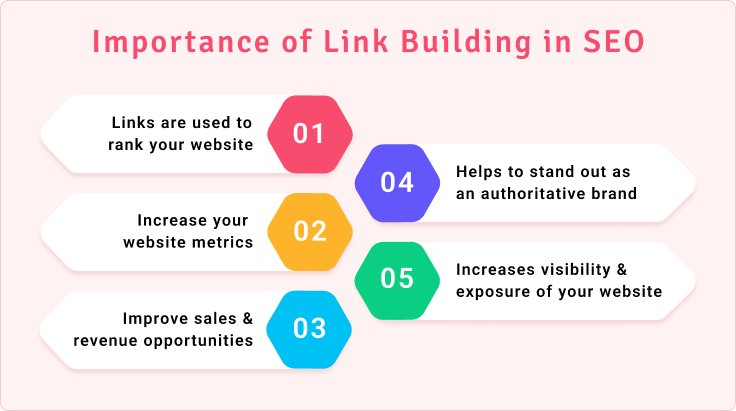
The process of acquiring hyperlinks from other websites to your own is known as link building. A hyperlink (also known as a link) is a method for users to navigate between pages on the Internet. Links are used by search engines to crawl the web. They will crawl the links between your website’s individual pages as well as the links between entire websites.
A representation of your website’s pages linked to pages on other websites via yellow arrows. Link building is one of the most important strategies for increasing the visibility and credibility of your website. It is the process of building links (links from other websites) to your website in order to improve its ranking on search engines.
The higher your website’s ranking, the more likely it is that people will find it when searching for information on a specific topic. And, because the majority of people conduct online research before making decisions, having a high-ranking website is critical if you want your business to thrive.
Establishing links is one of the most important strategies for increasing the visibility and credibility of your website. It is the process of building links (links from other websites) to your website in order to improve its ranking on search engines.
The higher your website’s ranking, the more likely it is that people will find it when searching for information on a specific topic. And, because the majority of people conduct online research before making decisions, having a high-ranking website is critical if you want your business to thrive.
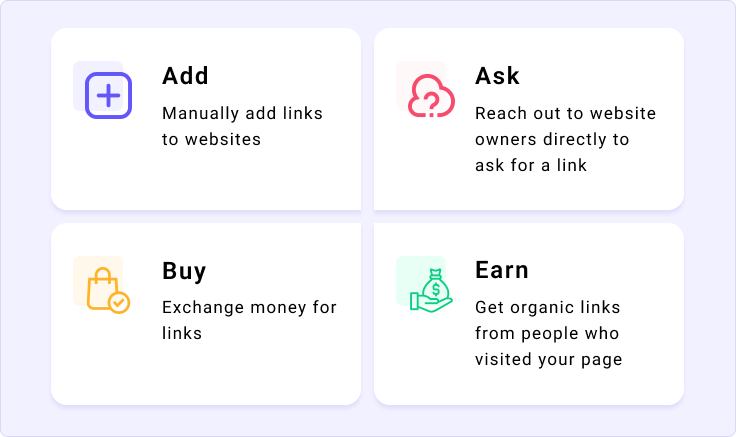
Conceptually, the most popular link building tactics fit into one of the following four categories:
is when you go to a website and manually add your link there.
is when you send emails to the owners of relevant websites and request that they link to you.
The same as before, but you pay them (or provide some other sort of remuneration).
is the process of developing and advertising something so outstanding that people organically link to it.
You can also engage a professional link builder (or a link building service) to do everything for you. And that’s what many digital marketers and business owners end up doing because, no matter which strategies you employ, creating links takes a lot of effort.
However, even if you decide to outsource link building, having a fundamental understanding of how it works can be quite beneficial. This allows you to determine whether or not the person you hired is performing well.
The process of getting other websites to link to your website is known as link building.
The primary goal of link building in SEO is to improve a webpage’s search rankings by acquiring high-quality inbound links. It’s critical to understand which link-building strategies are best suited for your SEO goals, from guest posting to broken link building. In this comprehensive guide,
We’ll look at the different types of links, their importance, how to build them, and what practices to avoid for a risk-free link-building strategy.
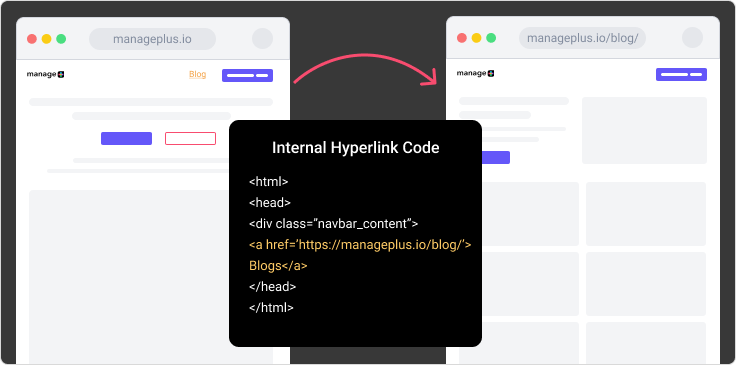
An internal link is one that connects one page of a website to another page of the same website. They are primarily used for navigation, providing users and search engines with a road map to your website.
Internal links connect pages on the same website, creating a hierarchy and directing the user’s journey. For SEO purposes, these links disperse ‘link juice’ throughout your website, informing search engines about the most important pages.

The vast majority of links created on the internet are done so without being requested. As previously stated, they form a critical foundation for the web and connect websites, so they are typically created because someone wishes to be helpful and link to something that someone should look at.
These are frequently the links that will withstand the test of time and continue to be useful to you long after the link has been placed. If you can do this, you will relieve a lot of pressure on yourself when it comes to manual outreach and website promotion.
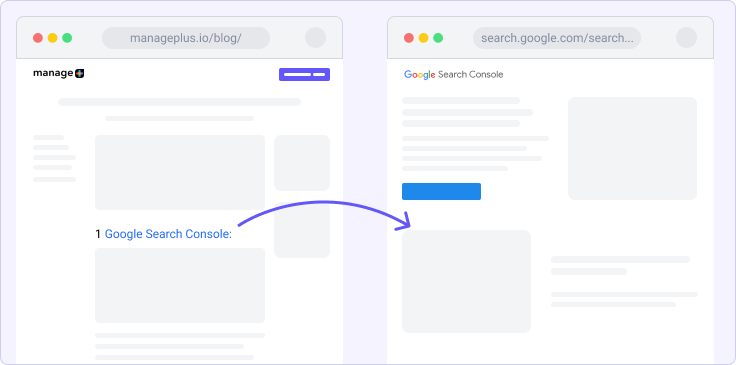
An external link, also known as an outbound link, is a hyperlink that connects a page on your website to a page on another website. These links are critical for establishing authority, credibility, and improving user experience.
External links are hyperlinks that lead to a domain other than the one in which the link is located. They play an important role in how Google and other search engines evaluate the authority and relevance of your content, assisting in the development of your site’s reputation and SEO ranking.
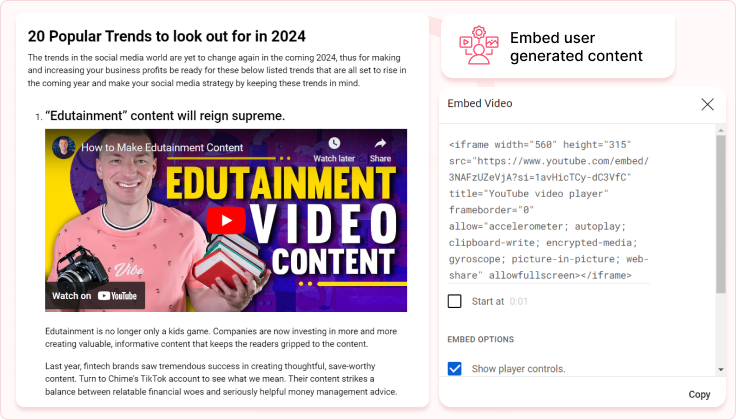
While not always the case, these types of links are frequently from low-quality sources and, in general, are the ones that Google does not want to count. This is because you created them, and you’re effectively endorsing yourself, which isn’t what Google looks for when determining which websites should rank highest.
Due to these links not being given editorially, they carry less weight than the other types of links. They’ve been useful in the past for some SEOs working on specific websites, but you should proceed with caution now.

Dofollow and nofollow links are crucial in link building because they influence how search engines perceive your backlinks. All links are do-follow by default. This instructs search engines to follow the link and pass link equity. A nofollow attribute, on the other hand, instructs search engines not to follow the link or transfer any link equity.
One of the most important SEO techniques you can use on your website is link building. It makes your website more visible and “search engine friendly,” potentially resulting in more traffic and higher web traffic rankings.
During this time, I discovered that you don’t need dozens of link-building tools. You only need a few of the best.

Ahrefs is the industry’s preferred link research tool.
To be honest, you could build links without Ahrefs, but you probably wouldn’t want to. After Google’s crawler, Ahrefs’ crawler is the second most active, and our backlink index contains over 3 trillion live backlinks. This makes it arguably the best tool on the planet for backlink research—a critical daily task for any reputable link builder.
Pricing- Using Ahrefs Webmaster Tools (AWT), you can view backlinks to your own websites for free. You’ll need a paid plan starting at $82/month to research and view other websites’ backlinks and use Content Explorer.
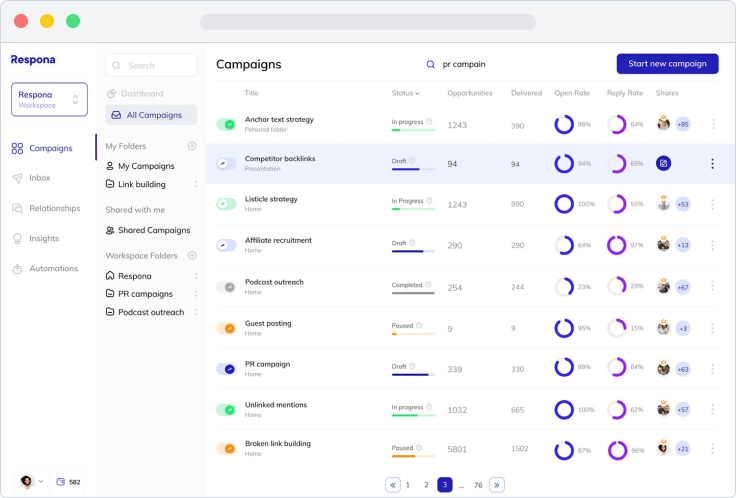
Link building outreach platform with a full suite of features, Responsa is a powerful outreach platform for link building.
Skyscraper Technique has a TONNE of pre-built campaigns to choose from. You enter competitor articles, and they return a list of URLs that link to them.
Product Review – enter competitor domains and get a list of blogs that have recently reviewed them.
Pricing- Responsa pricing ranges from $99 to $399 per month.
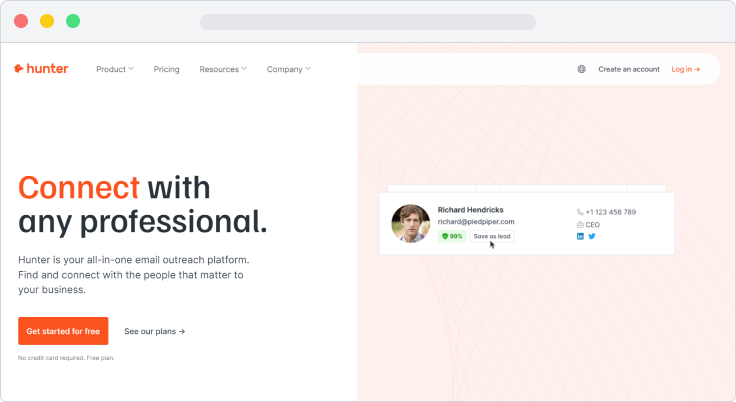
Effective email address finder. This won’t find a matching email address for every prospect, but it will for a good portion of them. These prospects can then be used as your initial “hit” list to test the viability of an outreach campaign. If you’re successful, have someone find emails for the remaining prospects so you can build more links.
Pricing- Hunter.io Costs, Free up to 25 searches per month, then $49 per month after that.
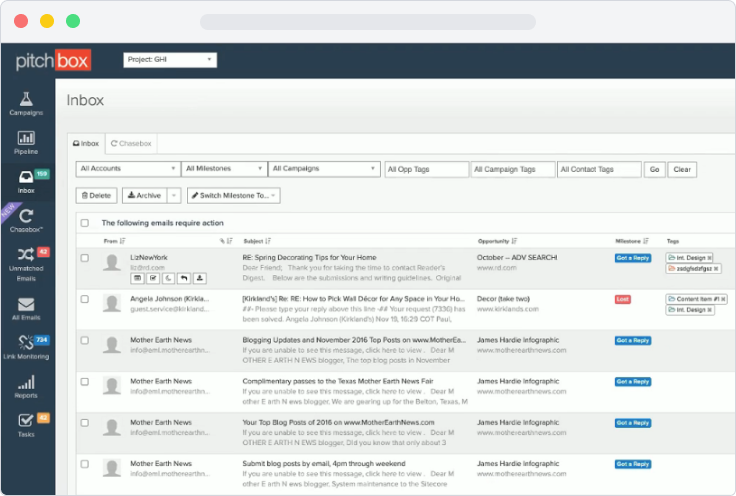
Make use of workflows to guide you through the outreach process.
Pitchbox is a link building outreach platform designed for advanced link builders.Pitchbox is unique in that multiple people can participate in the same campaign. You can, for example, assign specific team members to ONLY compose emails and others to ONLY personalize them.
Pricing- Pitchbox pricing ranges from $550 to $1500 per month (with an annual commitment).
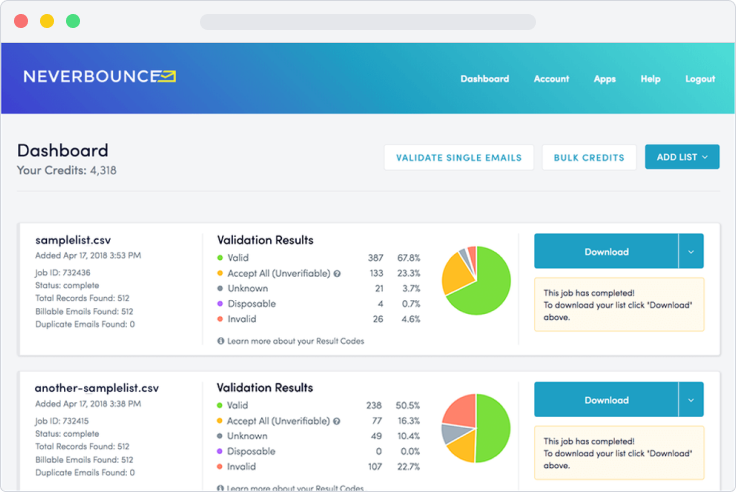
Always check the deliverability of your prospects’ email addresses before sending outreach emails. If you fail to do so, bounces may have a negative impact on the deliverability of your entire campaign. Personalizing outreach emails only to have them bounce is also a waste of time.
NeverBounce makes email verification extremely simple. Simply upload a prospect list, and it will tell you whether each email is “valid,” “invalid,” “accept all,” or “disposable.”
Pricing- Pricing starts at $0.003 per Never Bounce email verification.
Also Read | Keyword research trends in 2024 and How to Adapt
Link building is one of the most effective ways to increase the authority, traffic, and overall presence of your website on the internet. Link building is becoming more difficult by the day, but we must persevere. The benefits of link building are immeasurable. No matter how big or small your website is, you should always make time for link building.

Streamline your marketing efforts with AI-powered working design — Organize, collaborate, and optimize your marketing campaigns all in one place!

Join now to shape the future of MangePlus
Don’t miss out
Seo Content Writer| Creative Writer|SMM|